I’ll continue from the previous blog post and update as I can (depends on Wi-Fi, 3G).
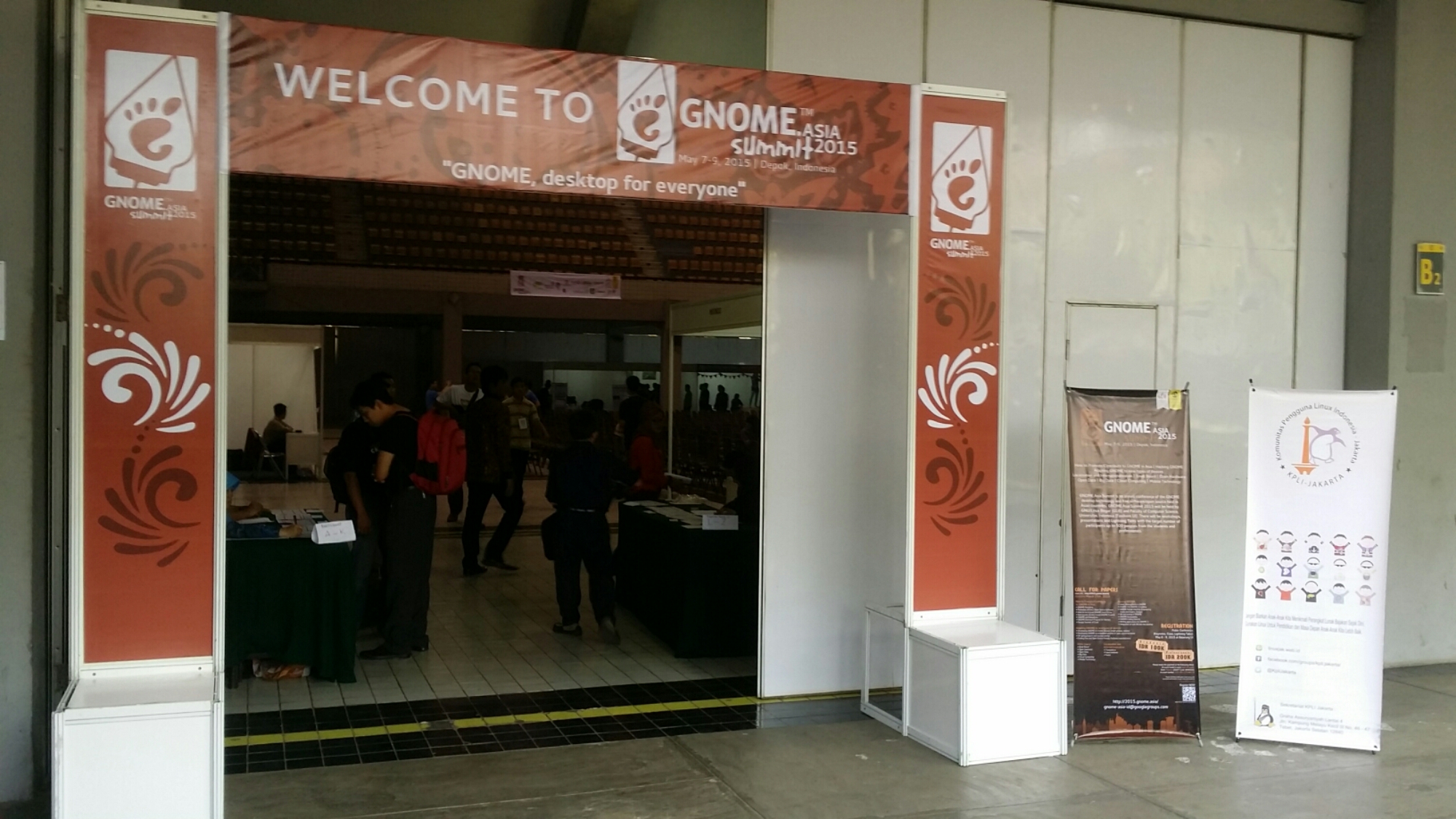
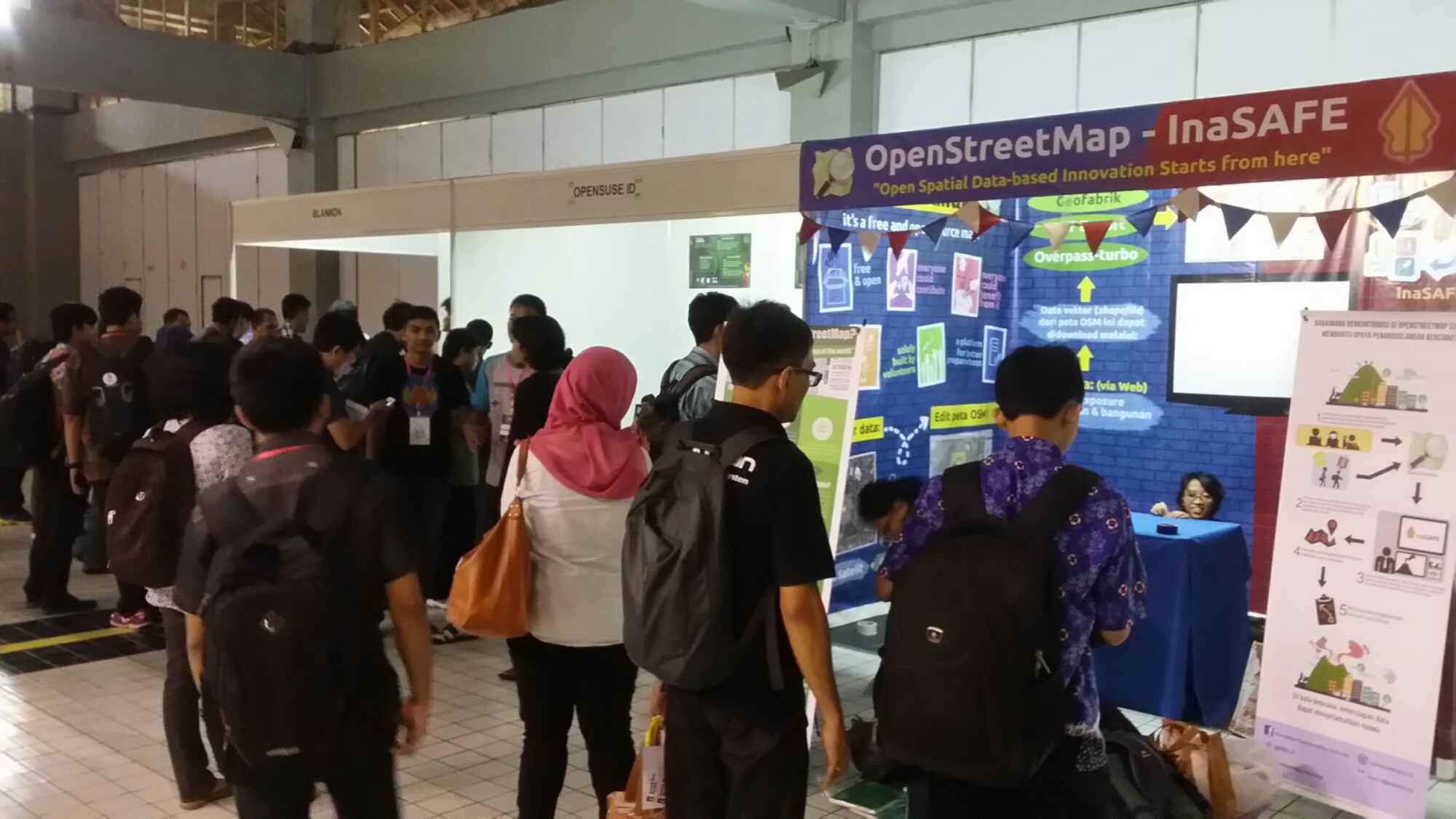
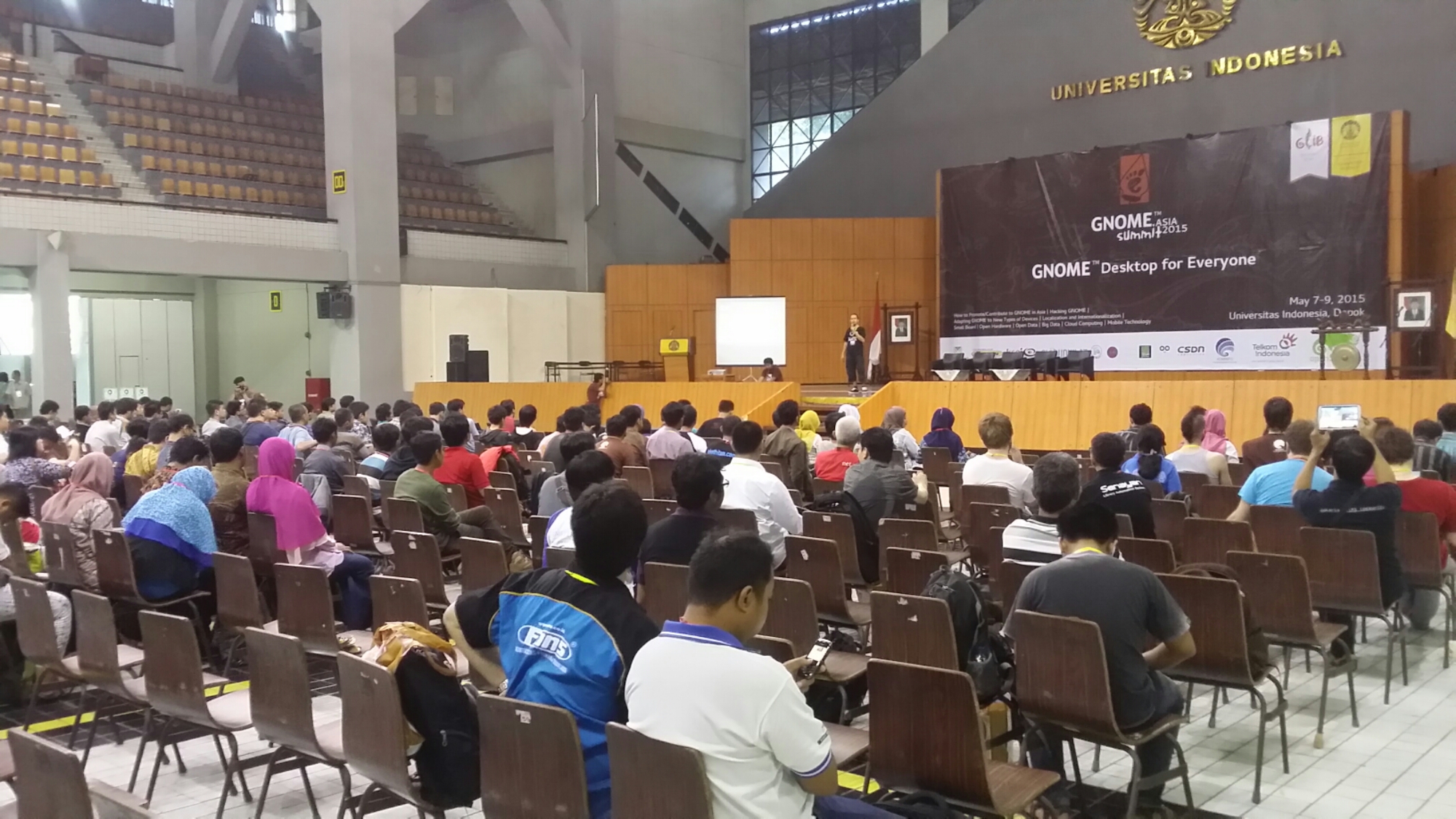
The keynote it’s quite interesting. Mohammad talks about many people still having very old hardware. My system is 7 years old. However, that’s still pretty new compared to what some people are using. GNOME 3 making use of hardware acceleration created a pretty big problem. BlankOn is an Indonesian distribution and latest versions are based on Debian. So my assumption about openSUSE usage might be a bit off 😉 Learned during a break that Fedora is also used quite heavily in Indonesia.
Mohammad also explained why there’s yet another distribution. In brief, the Indonesian culture is very different from what’s common currently in GNOME. It’s not ok to say no, so if that would happen to someone who just starts out, they’d leave and never come back. BlankOn guides this, acts like a shell around Indonesian culture and upstream.
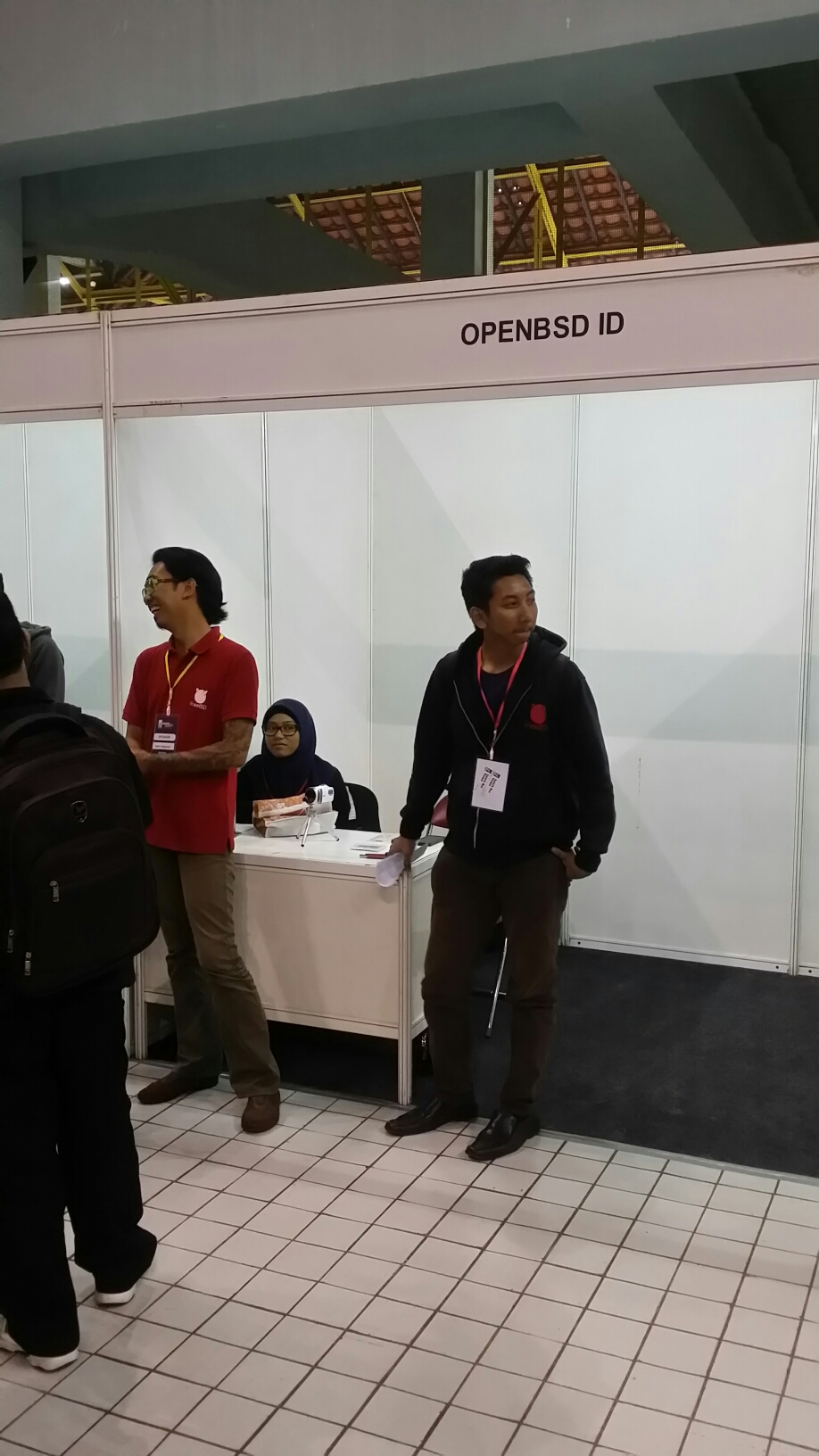
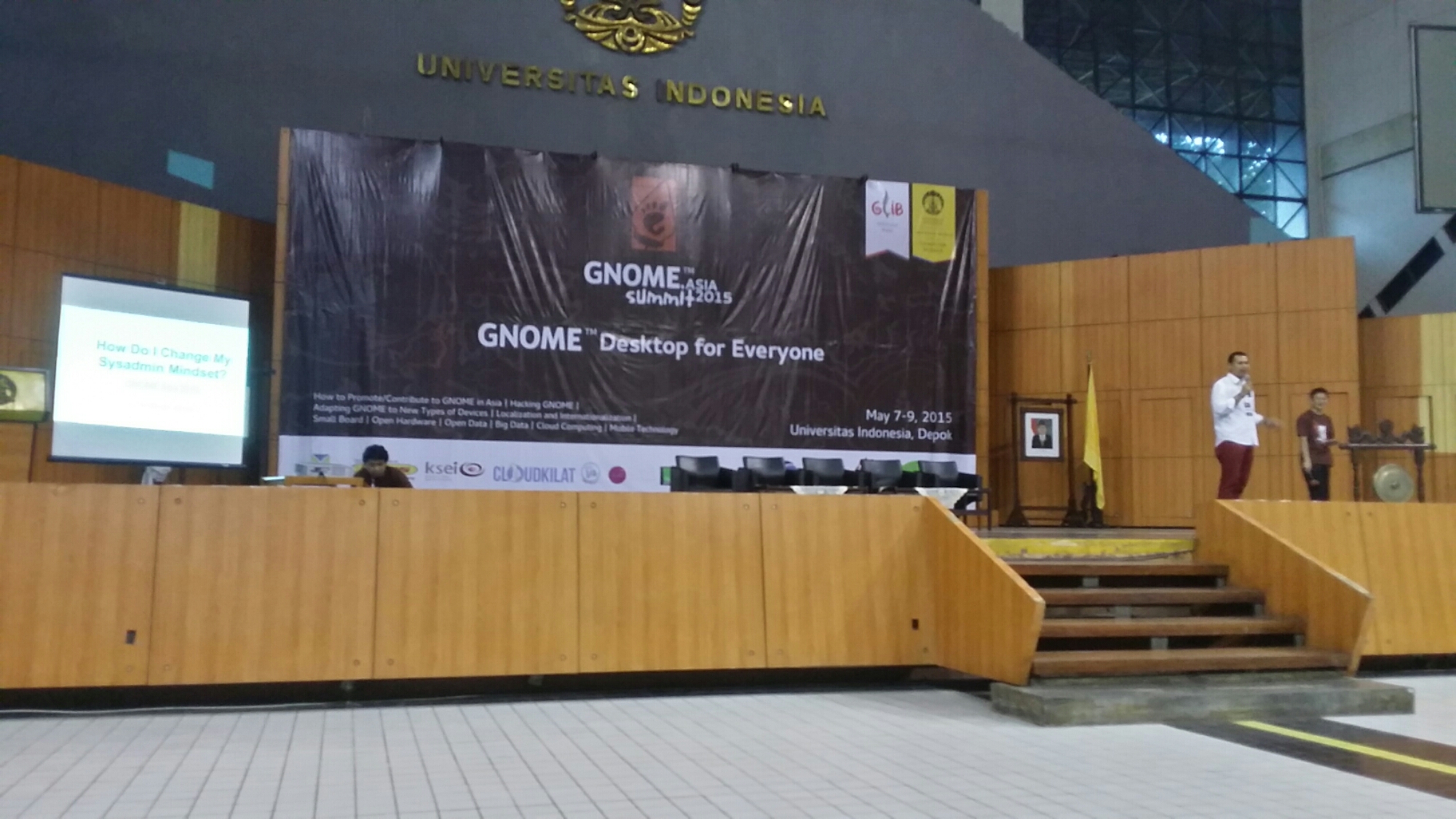
This lightning talk covered making use of configuration management.
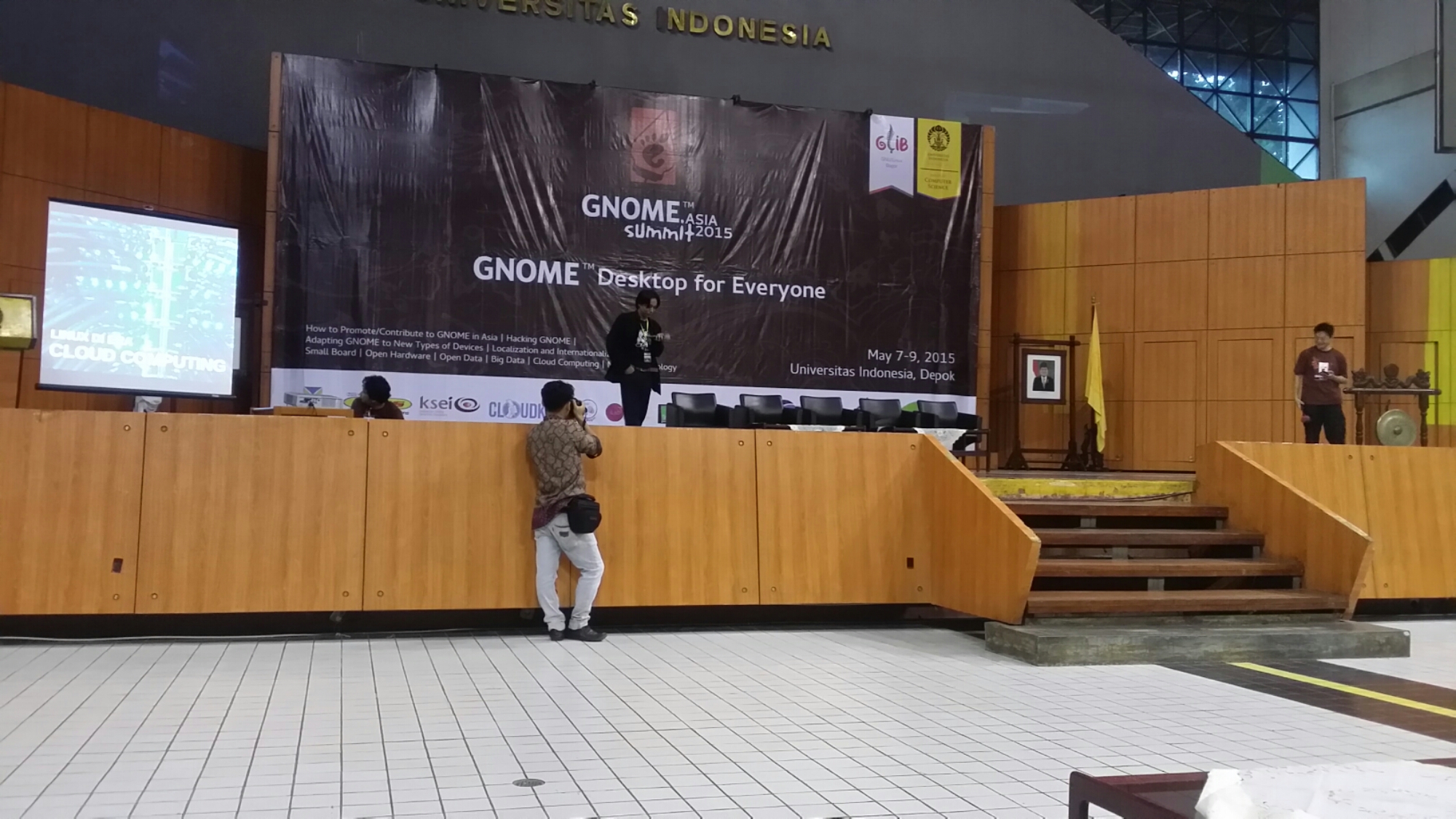
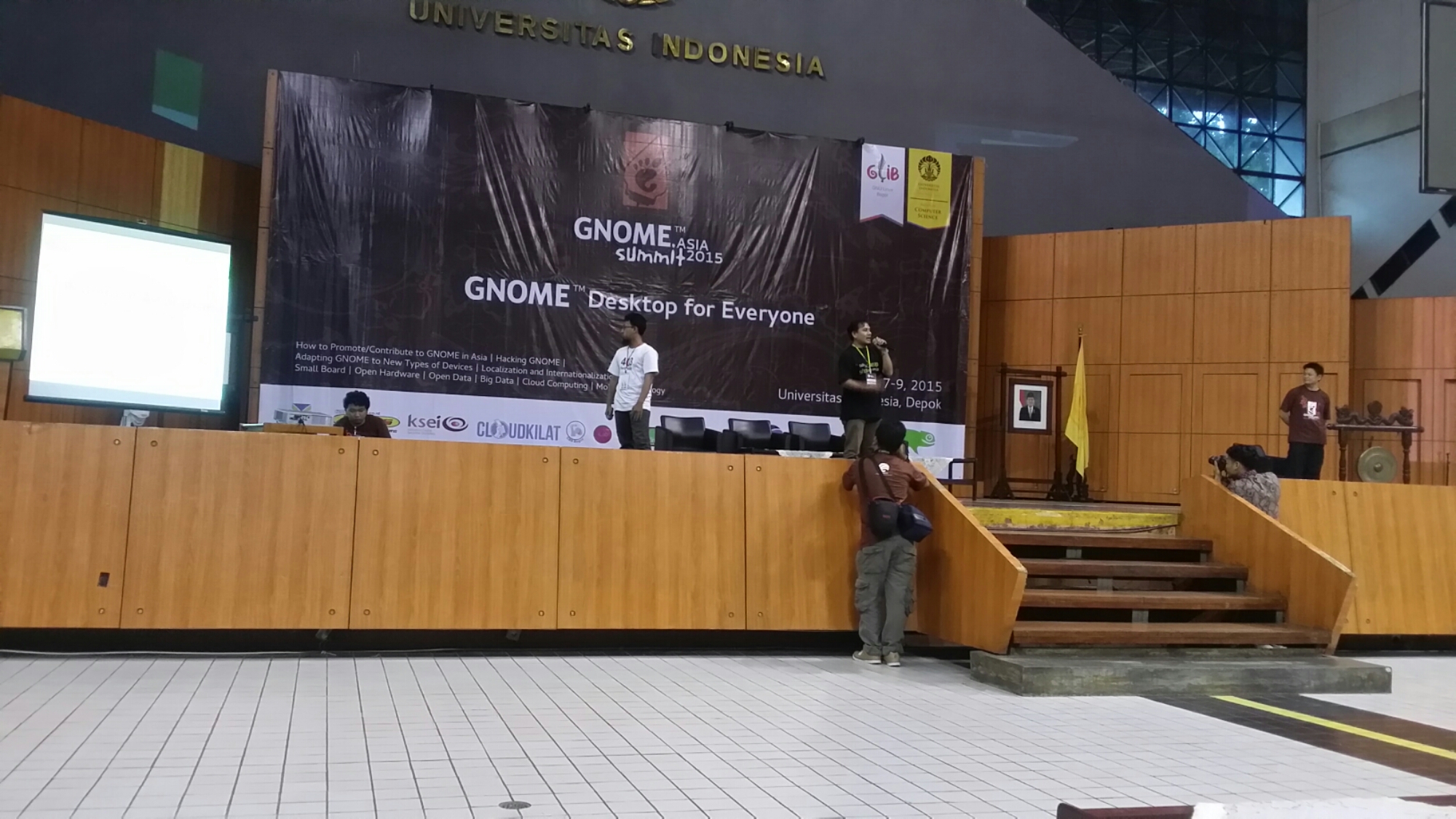
After the lightning talks we’ll have lunch. Then talks will be divided across 4 rooms. I’ll probably attend the Open Source software in shoes industry by Iwan S. Tahari.
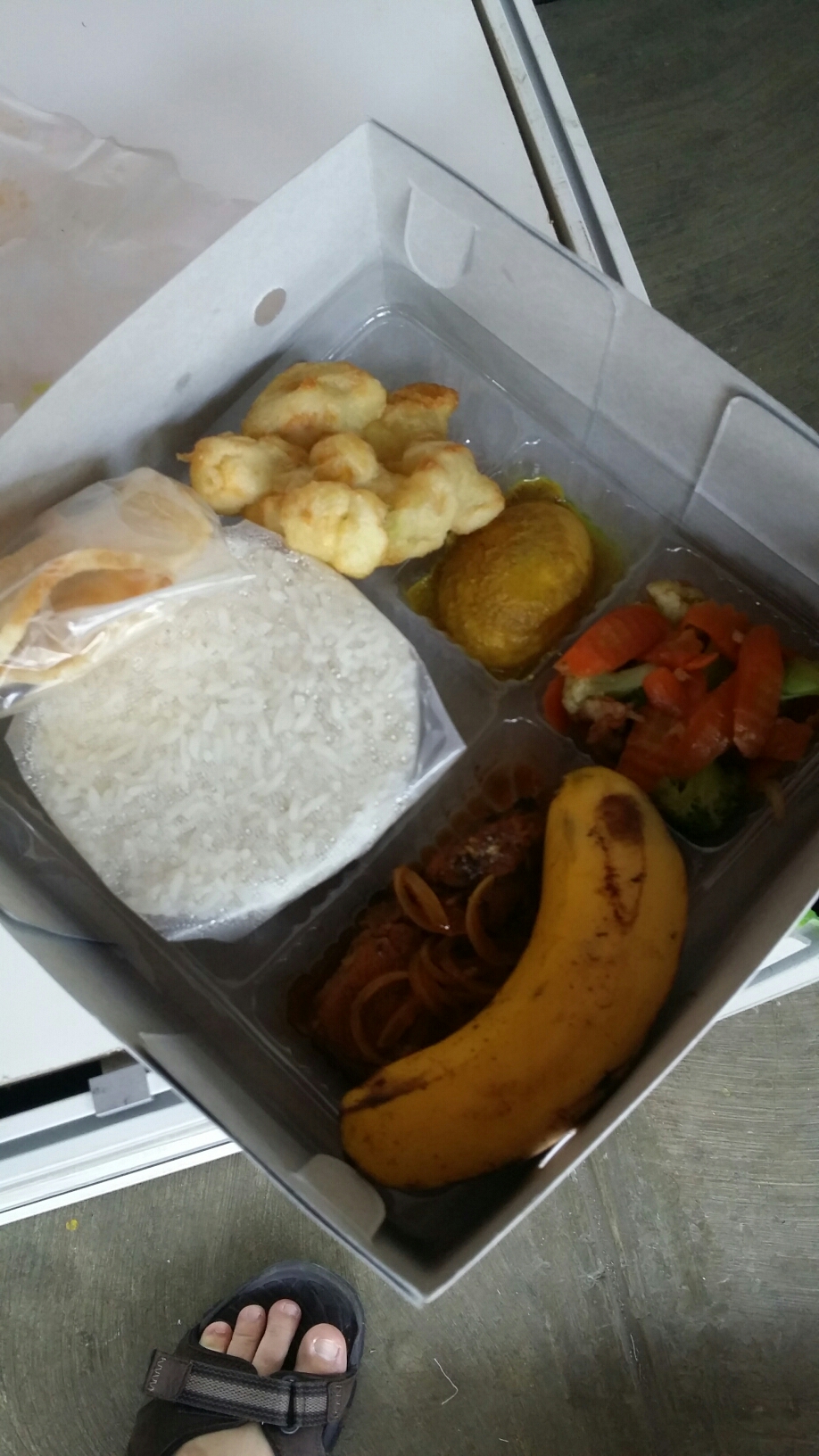
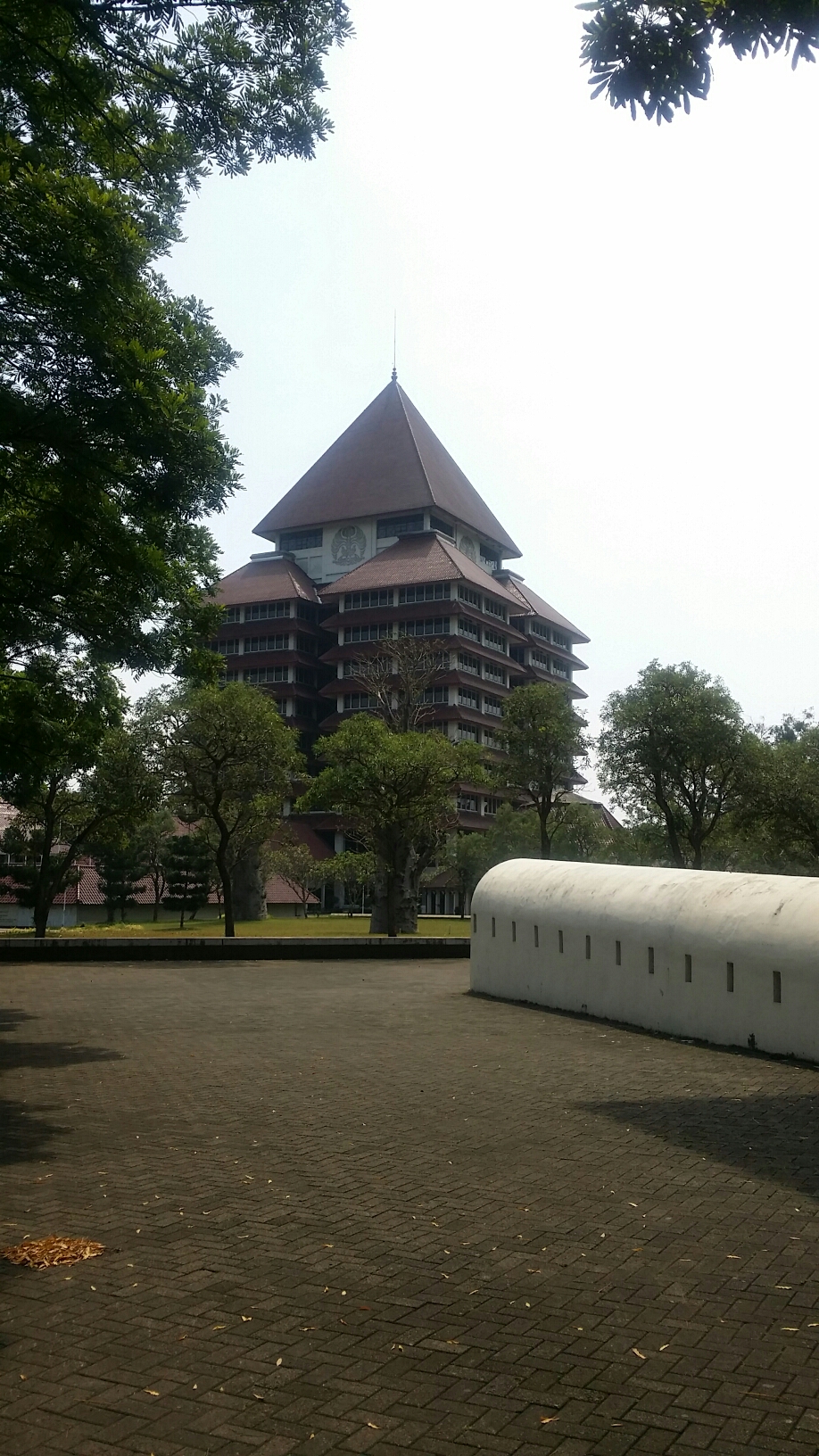
The university grounds are amazing with really nice buildings. It would be pretty amazing to study here.
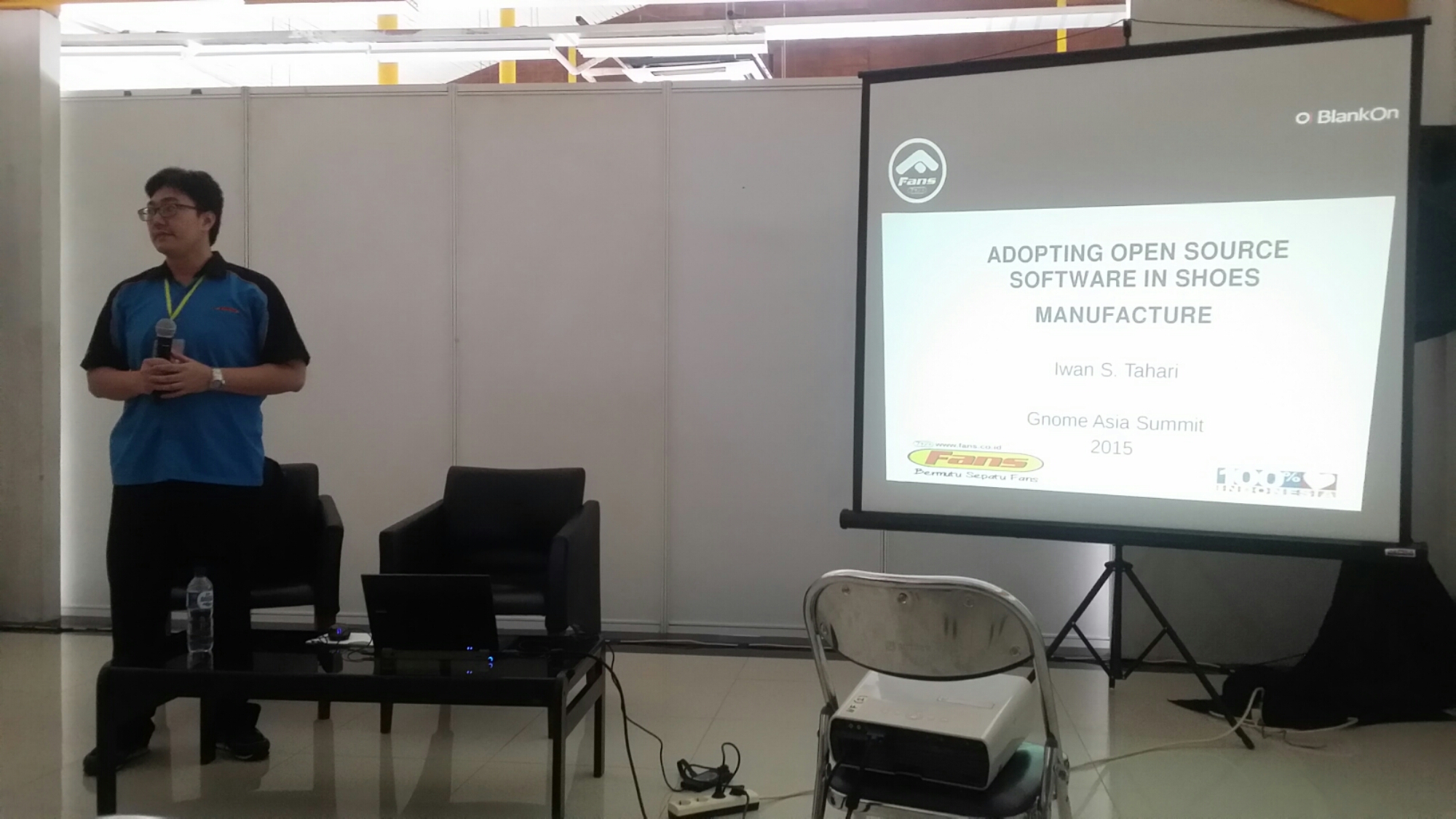
This talk explained how Open Source was being used by a entire company. It covered the various problems that they encountered.
His summary:
- FOSS is best for business computing
- FOSS implementation most be top down
- Start with a small pilot project, probably best to start with the accounting department
- Purchase hardware which supports FOSS
- Cooperate with the local Linux community
- FOSS training is a must for successful migration
- Contribute to FOSS development for continuous improvement and innovation in FOSS
Problems they had to overcome is dealing with rolling blackouts (electricity) and a major problem is documentation. The company provides a gift to anyone who improves the documentation.
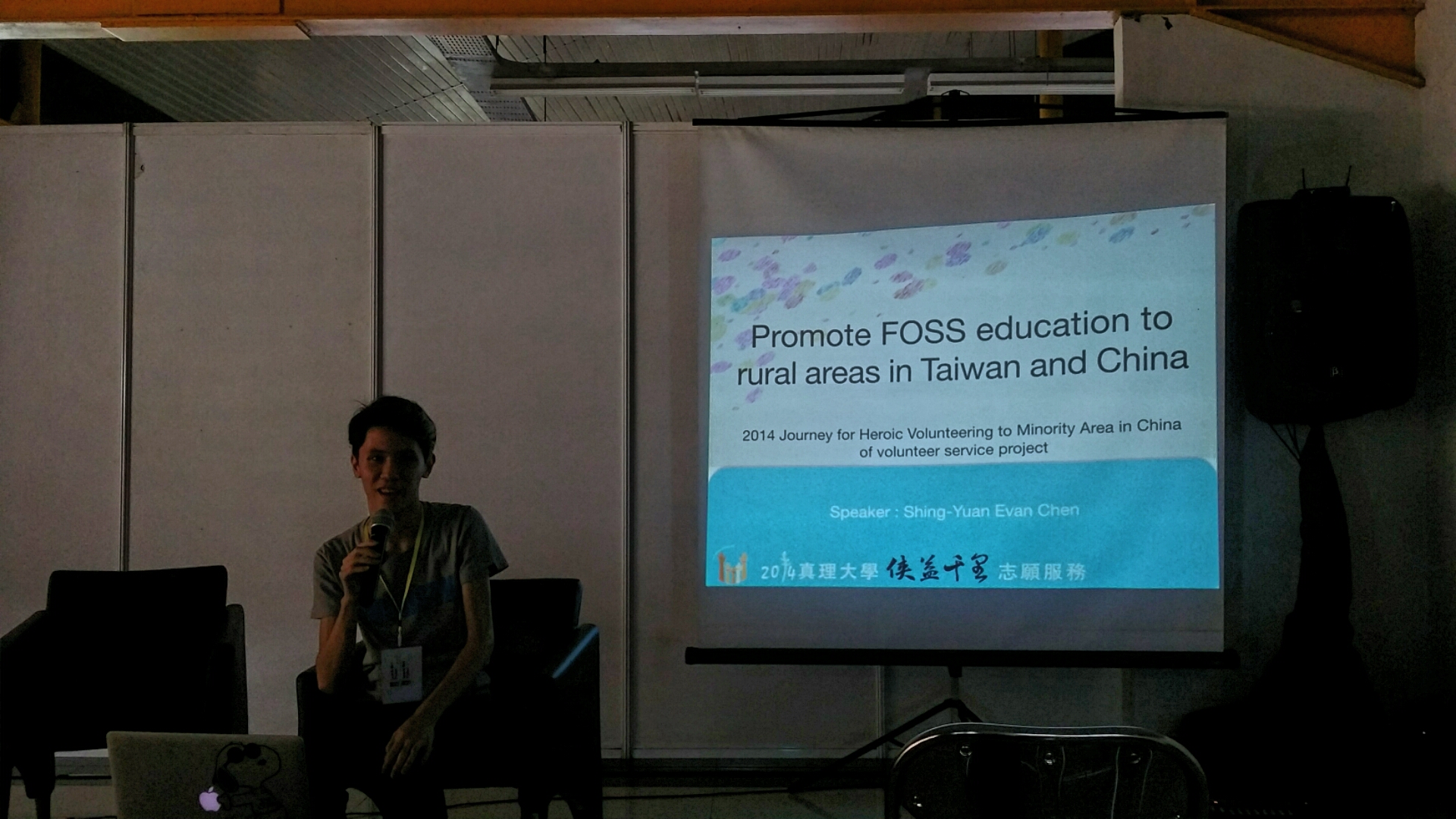
Chen spoke about travelling across Thailand and China to explain FOSS hardware to children. He was part of a group of 24 people in total. The travel itself was quite intense, moving to cities and small towns. They trained it seems like hundreds of people at each place they went to.
He later explained that as in Thailand there’s just one child per family, there’s a real focus on that child. Parents encourage their children to do something special. This really assisted in having loads of people who helped to train as well as loads of children to be trained.
In a video you could see how the children used hardware to build a small device on wheels which could pick up small plastic bottles. I’m terrible at guessing ages, they seemed to be at most 10 years old, probably much younger.
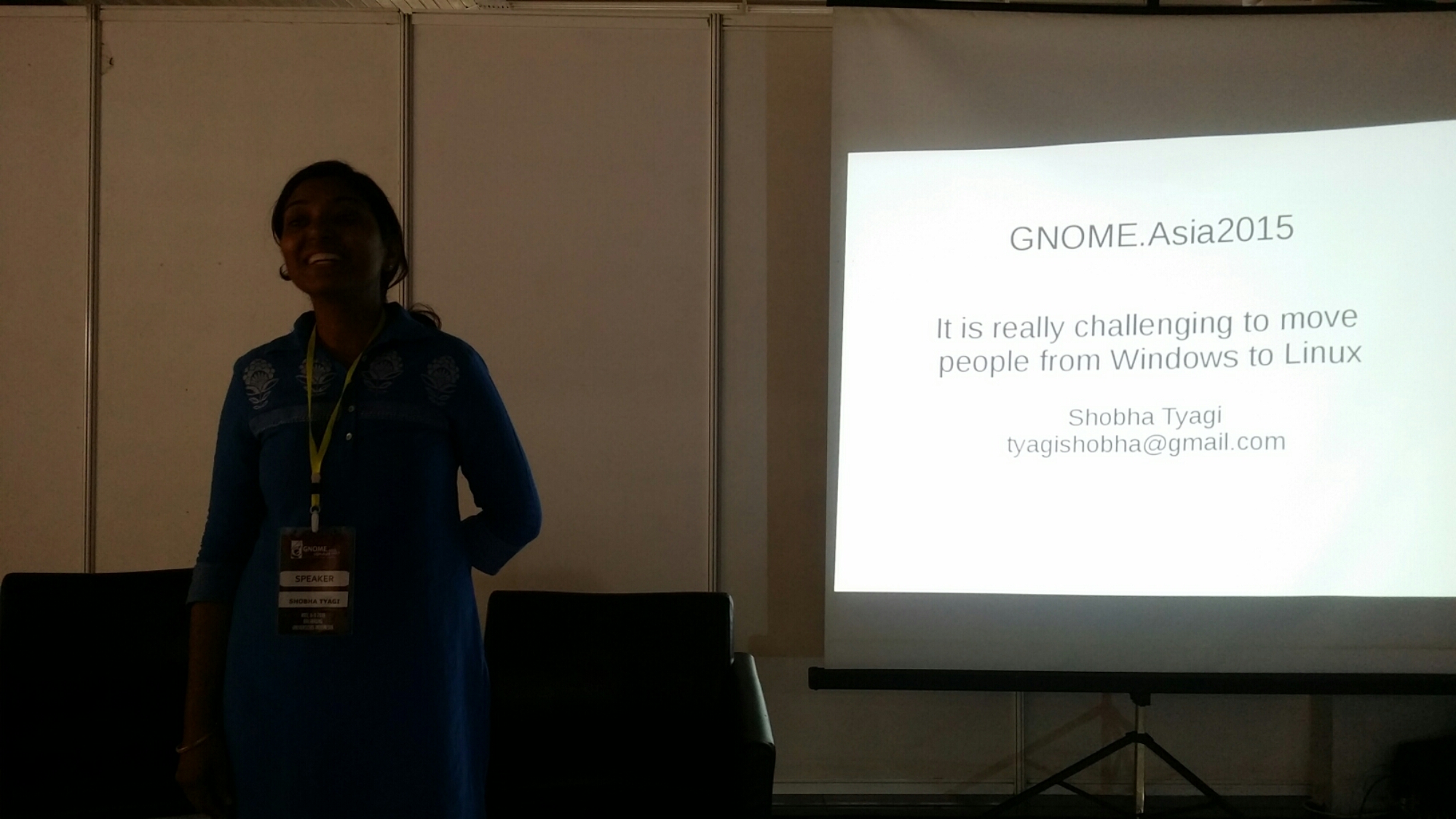
Shobha talked about the difficulties to encourage people to use Linux within her university in India. The general feedback was that Linux is difficult and for coders. Strangely, this also came from people studying to become developers. They really didn’t want to even investigate or make any effort. This while they should have it easier because of at least knowing English.
One person at the talk commented that instead of switching, what worked for his country is to start at a really young age. Then they don’t really question. This approach worked well enough that it now is affecting decisions made by the government.
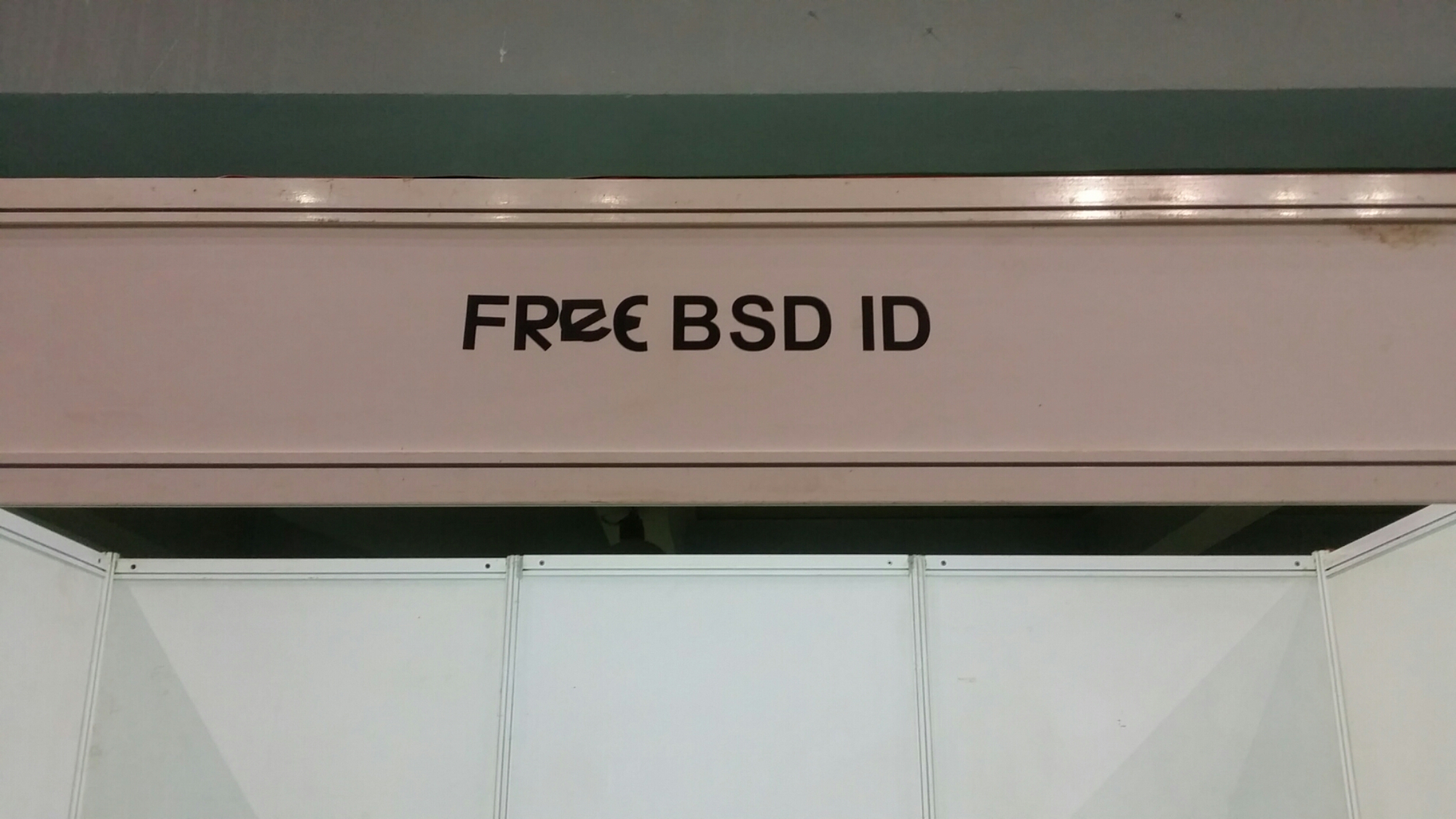
After that there were various lightning talks. Most were in Indonesian, so I’ll skip their pictures.
In the evening André and I bumped into two locals. They took us (wondered later if they wanted that as saying no is not done) to a local food place. They laughed quite a bit as you had to eat with your hands and I guess it was pretty obvious I never did that with this type of food. They also took pictures, wonder where those will end up 😛 I did get a copy, but not sharing them!

About the part about educating children, are you sure it’s not about Taiwan and China (as the slide say)? If so, there is no limit on number of children per family and multiple children per family is very common in Taiwan. Anyway, interesting read; I’m thinking about attending next year, living in the region and all!
Linux is difficult and for coders..
thank you for sharing
“Promote FOSS education to remote areas in Thailand and China by Shing Yuan Chen”
It must be Taiwan.